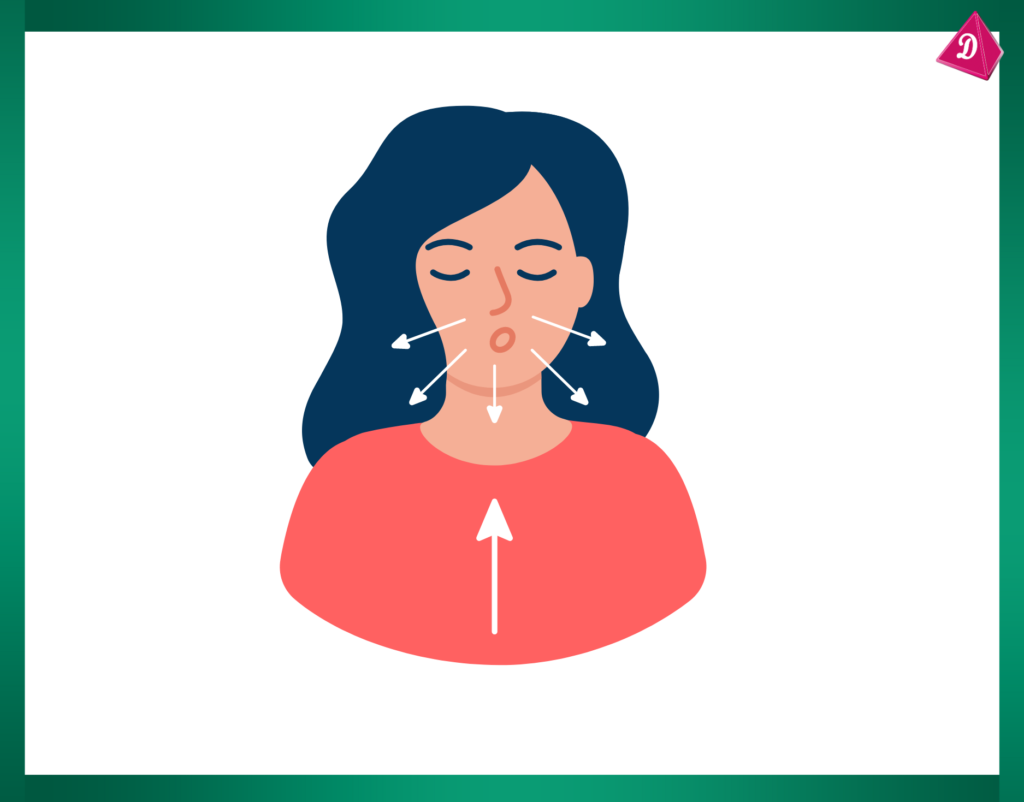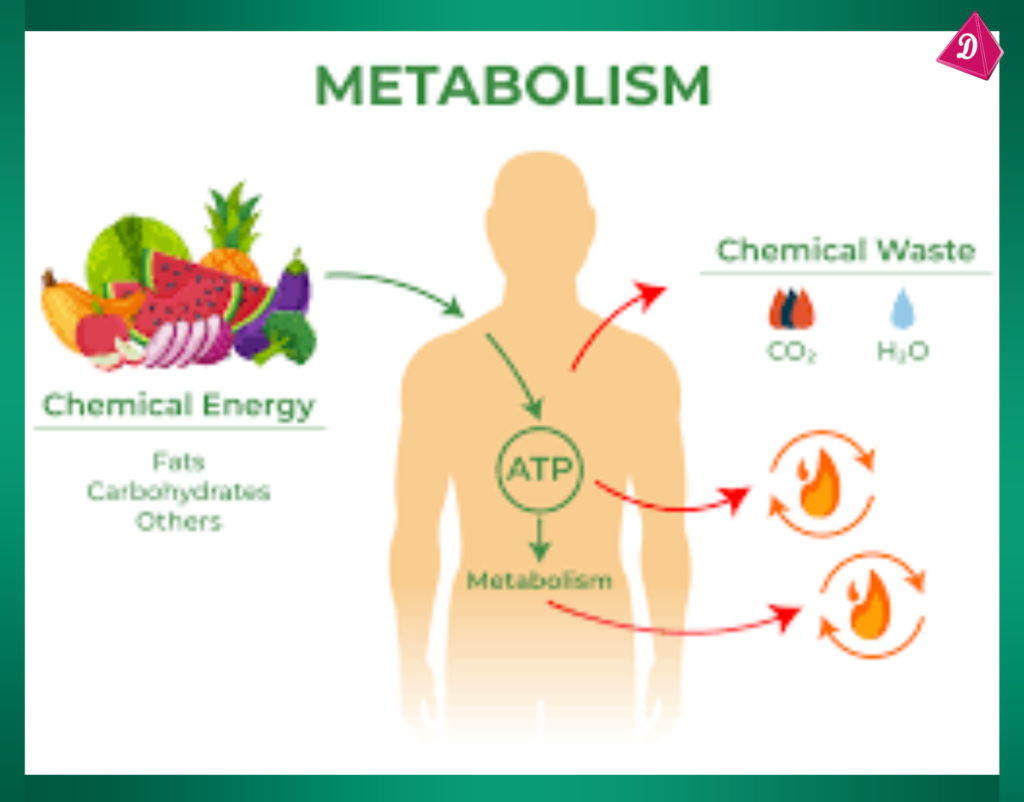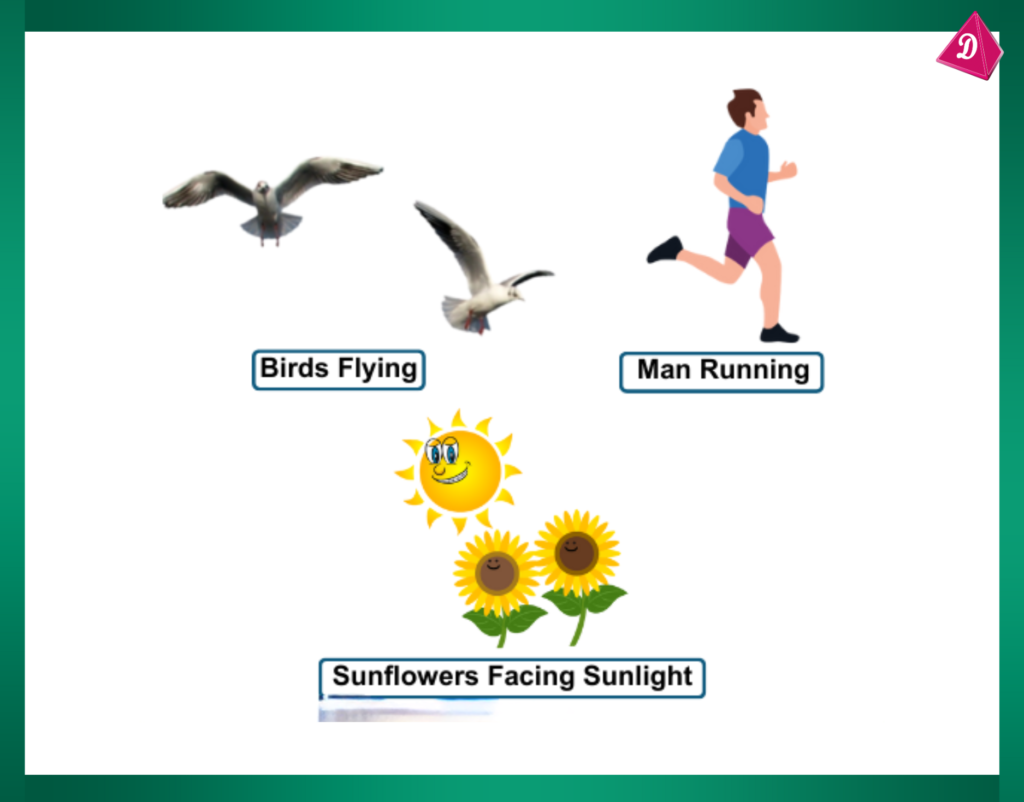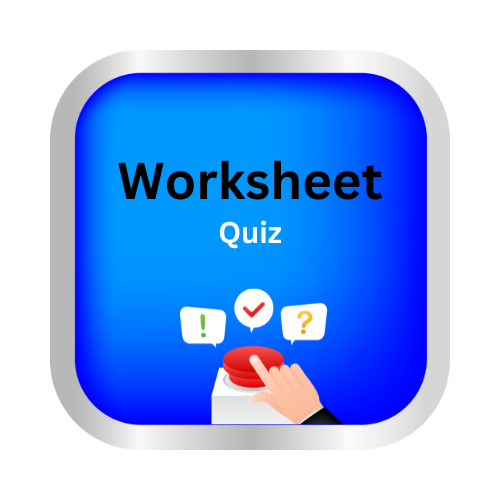Some things are living things or non living things
Key Notes :
Living Things
- Definition: Living things are organisms that exhibit characteristics of life such as growth, reproduction, response to stimuli, and metabolism.

- Characteristics:
- Growth and Development: Living things grow in size and mature over time. For example, plants grow from seeds to trees, and animals grow from babies to adults.

- Reproduction: Living things can produce new organisms similar to themselves. For instance, plants reproduce through seeds, and animals reproduce by giving birth or laying eggs.

- Respiration: Living organisms take in oxygen and release carbon dioxide to produce energy. Plants take in carbon dioxide and release oxygen during photosynthesis.

- Response to Stimuli: Living things respond to environmental changes. For example, plants grow towards light, and animals react to sound, light, and touch.

- Metabolism: Living things have complex biochemical processes to convert food into energy and building materials for growth.

- Movement: Many living organisms can move in some way. Animals can walk, fly, or swim, while plants may move parts of themselves toward light or water.

- Excretion: Living organisms remove waste products from their bodies. Animals excrete waste through systems like kidneys, while plants may release oxygen as a byproduct of photosynthesis.

- Nutrition: Living things need food for energy and growth. Plants make their food through photosynthesis, while animals eat plants or other animals.

- Examples: Humans, animals, plants, fungi, and microorganisms like bacteria.
Non-Living Things
- Definition: Non-living things are objects or substances that do not exhibit characteristics of life. They do not grow, reproduce, or respond to stimuli.

- Characteristics:
- No Growth: Non-living things do not grow or develop. A rock remains the same size and shape unless physically altered.

- No Reproduction: Non-living things cannot produce offspring. A chair does not create new chairs.
- No Respiration: Non-living things do not need to breathe or produce energy. A book does not require oxygen.
- No Response to Stimuli: Non-living things do not respond to environmental changes. A table does not move towards light.
- No Metabolism: Non-living things do not have biochemical processes. A car does not convert food into energy.
- No Movement: Non-living things do not move by themselves. A building stays in one place.
- No Excretion: Non-living things do not remove waste. A stone does not excrete substances.
- No Nutrition: Non-living things do not need food or energy. A pencil does not eat or grow.
- Examples: Rocks, water, air, buildings, cars, and electronics.
Comparison
- Living Things: Exhibit growth, reproduction, respiration, response to stimuli, metabolism, movement, excretion, and nutrition.

- Non-Living Things: Do not exhibit these characteristics and remain unchanged unless acted upon by external forces.

Importance of Understanding the Difference
- Scientific Classification: Helps in the classification and study of the natural world.
- Environmental Awareness: Aids in understanding ecosystems and the roles of living and non-living components.
- Daily Life: Helps students recognize and differentiate between living organisms and inanimate objects in their surroundings.
Let’s practice!

